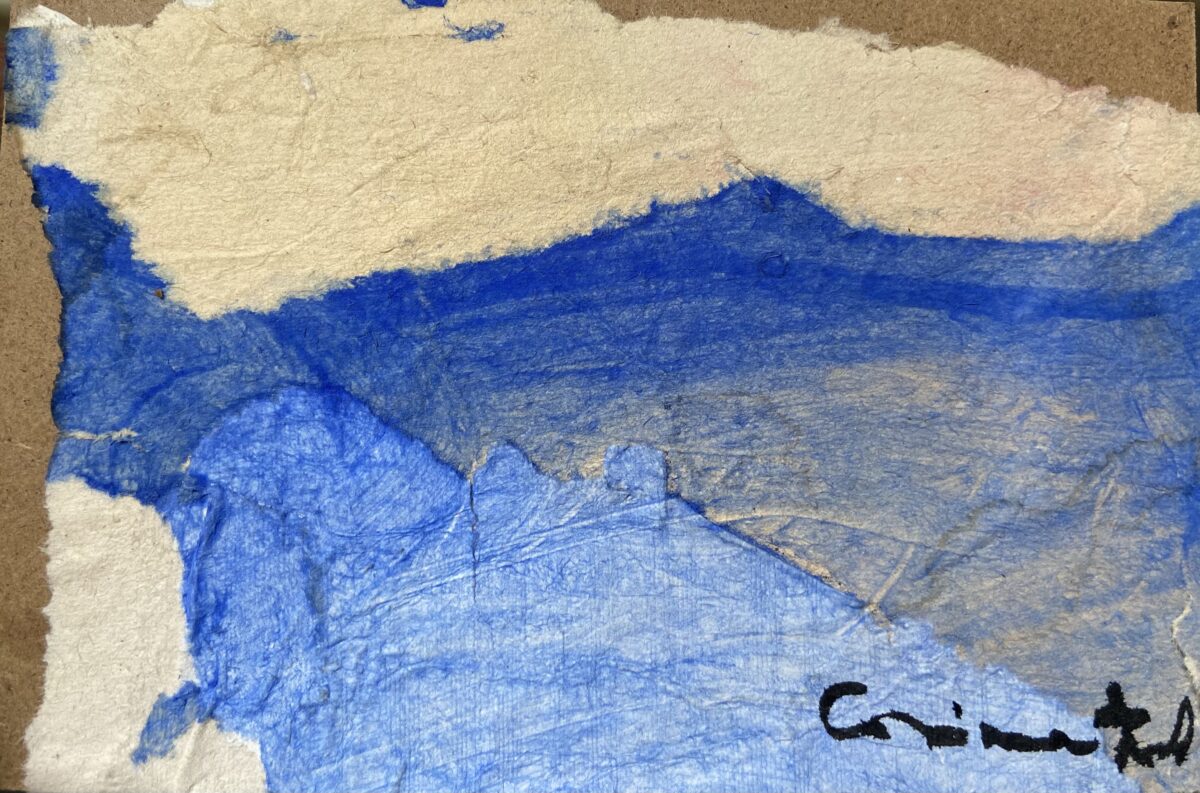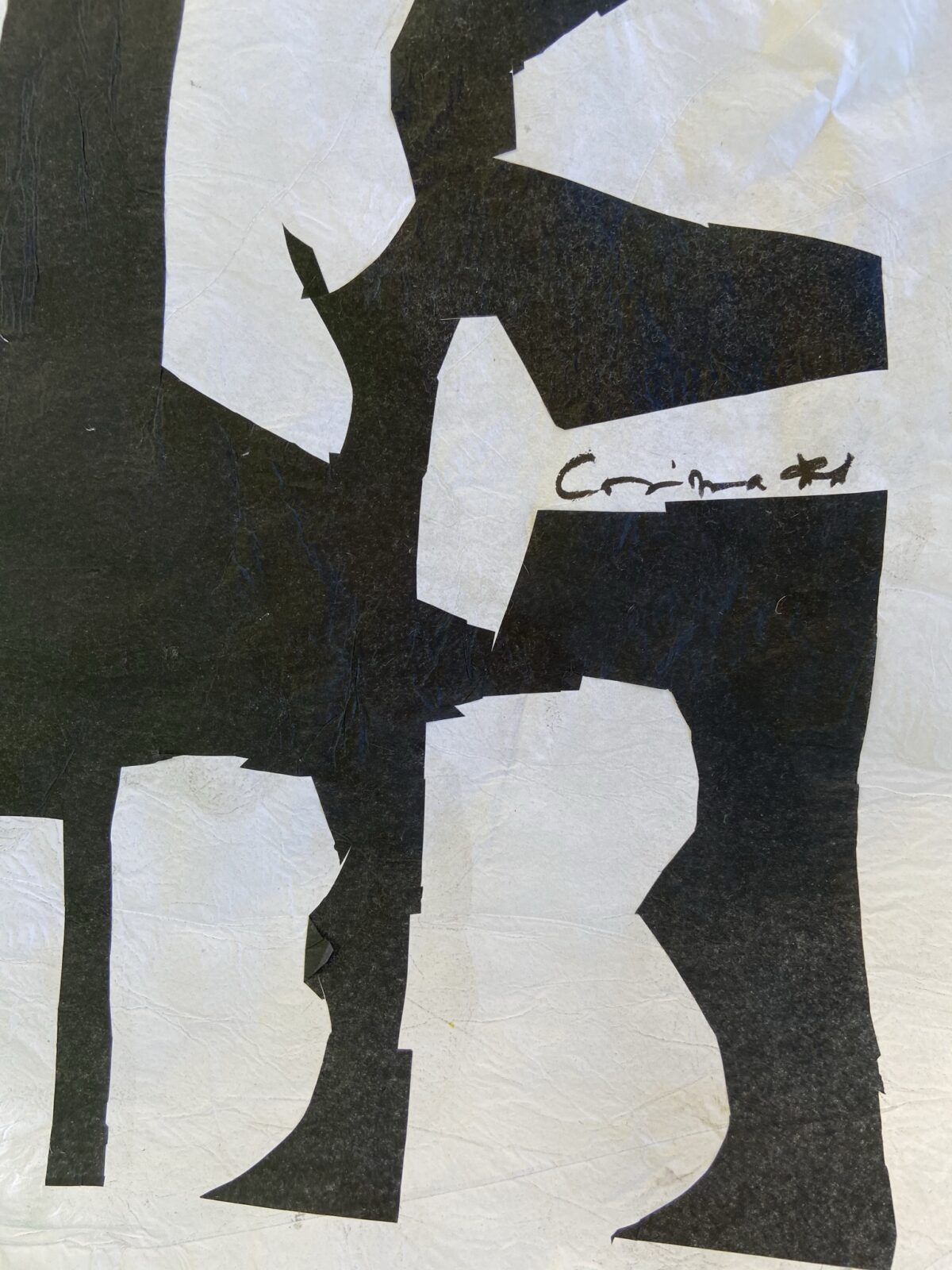American Psycho
dedicated
to
Bret Easton Ellis
When Bret Easton Ellis (1)quoted “Nevertheless, such persons as the composer of these Notes not only exist in our society, but ideed must exist”, I thought that Jeff Koons was inevitable after the End of Art(2).
Art history was not more a linear progression of one movement or punctuated by the influence of individual geniuses. It was the beginning of a new era, when “art history meets art market”(3). Who could imagine that years later wealthy investors would dabble in art investment funds?
Koons and Bateman could have been crossed the late´ 80s in Manhattan. Why not? One aspired to had an appartment in Upper West Side and Patrick enjoyed nights of insomnia in lower class neighbourhoods.

Jeff Koons, Untitled 1974
“Early Koons is significantly more tortured and grotesque that what was to come. Five dogs ripping apart a body. A brutal man with cut, ravaged arms, a bowie knife floating grail-like by his head. A Balthusian girl holding in her lap a severed head, itself executed in the style of 1907 Picasso”.(4)
Jeff Koons, Man with Blooded Head, 1974
This was the early Koons at Maryland Institute College of Art, 1974.
Born into a middle-class familly which doesn´t stand out in any way and Koons was drawn to be an artist…
How to bridge the gap?
What had they in common?
Blood
Death
There was no salvation in “Equilibrium”(5) exhibition, 1985.

In an age of a world in flux dominated by the dictatorship of the low-cost way of life. Or when everything is crossing frivolously the boundaries of their disciplines. The Patrick´s blood-splattered slicker remains simply as a Halloween costume pic.
Bret Easton wonders where could be our Wall Street yuppie and serial killer. Nevertheless his soliloquy is a pretended dichotomy because he is deep aware about his own phantasmagoria filtered through his´80s literary sensibility. He pulled the strings of the story.

If you want to find again that isolated yuppie in flesh and blood do not look at dotcoms, or hedge-funds, and something else… You will never find him in Manhattan. Patrick filtered through his 80s literary sensibility the values of a particular decade. Maybe Bret wanted to be that groomed and handsome man, maybe “he felt totally isolated and filled with rage hoping that someone, anyone, will save him from himself”(6). Bret Easton Ellis and Patrick Bateman were the same person. Go to Gagosian Gallery(7) in Beverly Hills and you will see him in conversation with Alex Israel. Or go to the salon program at Art Basel Miami Beach(8).

Jenny Holzer(9). “Protect me from what I want”.1982
From Survival Series
To be frankly I miss that yuppie and investment banker, his perplexing mind and the morally bankrupt during the end years of the Cold War. He was not a metrosexual as the footballer David Beckham.
Spite of the musical, Bateman now versus Bateman then, I don´t care about it. Because I have nostalgia of a decade when I had very little experience and did not know about the bad things that happen in life.
If you want to find someone who wanted to prosper or become successful from that time you have to change your heading. You will need to go to a blockbuster exhibition, to a globalised museum or to an auction house of prestige. And you will realise that no one dared criticism him. Peter Schejeldahl, Roberta Schmitt, Jerry Saltz… among others supported him. Other as the greek art collector Dakis Joannou bought a work of him and that fact triggered a new project of life: The Art Collection. He was Jeff Koons.
A sales agent morphed into artist
a collateral effect
When marketing gobbled the talent up
Bret and Jeff Koons lived in a very specific place and time but their paths would never converge?
While the writer considers his creation as a product of his own anger. He analysed the Reagan 80´s and its Great Expectations. A city which swallowed an ideology to rise toward. Bret Easton felt the void. He suffered the emptiness. Nevertheless he hit whatever was being extolled as succes. He criticised the society he was part of.
He showed the dark side of the American dream. The result was isolation, alienation, corporate corruption…
Jeff Koons is the obverse of the coin. His rage took other forms in a fully exhibitionistic culture as for instance “the most active participant in the debasement of art(10)”. Lost in his narcissism he began as a yippie-yuppie arstist and he reflects “the comodification o art, the primacy of self-promotion, and our desire to be sold a new system of beliefs”(11).
The aestheticization of violence can be depicted in many different ways. For now I show the first bloody creations by a young Jeff Koons who should faded into the oblivion but something that we don´t know happeed around 1985.
Nowadays if you google this early paintings you won´t find them… why?


(to be continued)
Footnotes
- American Psycho by B.E.Ellis. Notes from Underworld by Fyodor Dostoiesky. Who was the bitter, isolated, unnamed narrator?
- After the End of Art by Arthur C. Danto. (1997)
- https://www.christies.edu/
- Super-Banalism and the Innocent Salesman, by David Bowie. Modern Painter, Spring 1988
- http://www.christies.com/lotfinder/sculptures-statues-figures/jeff-koons-aqualung-5792586-details.aspx Price Realised USD 11,589,000
- http://www.townandcountrymag.com/leisure/arts-and-culture/a4954/american-psycho-today/
- http://www.artnews.com/2015/12/03/gagosian-gallery-in-beverly-hills-will-give-bret-easton-ellis-and-alex-israel-a-show-in-february/
- with Alex Israel….http://www.artnews.com/2015/11/03/bret-easton-ellis-is-in-the-salon-program-at-art-basel-miami-beach/
- “In 1982, the artist installed for the first time a large electronic sign on the Spectacolor board at Times Square, New York. Sponsored by the Public Art Fund program, the use of L.E.D. (light emitting diode) allowed Holzer to reach a larger audience. The texts in her subsequent Survival series, compiled in 1983-85, speak to the great pain, delight, and ridiculousness of living in contemporary society.”
- The Yippie-Yuppie Artist by Allan Schwartzman. 1987, Manhattan, Inc.
- The Yippie-Yuppie Artist by Allan Schwartzman. 1987 Manhattan, Inc.










